Cucumbers are one of the most refreshing vegetables you can grow right in your backyard, balcony, or even indoors with the right setup. Whether you enjoy them in salads, pickles, or fresh from the vine, cucumbers are a rewarding crop for any home gardener. The good news? Growing cucumbers at home is easier than you might think—once you understand their needs and growth habits.
In this guide, we’ll walk you through everything you need to know to grow cucumbers successfully, from choosing the right variety to harvesting your crunchy green treasures.
Why Grow Cucumbers at Home?
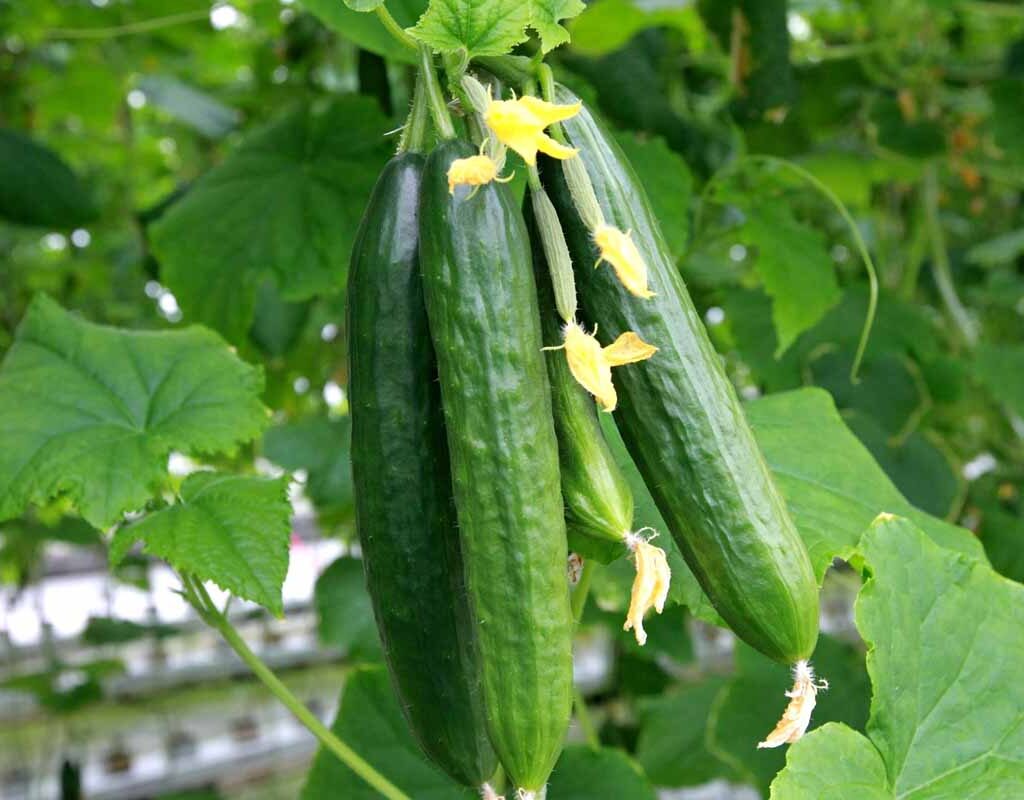
Before diving into the steps, let’s understand why cucumbers are worth your time and garden space:
- Freshness & Flavor: Homegrown cucumbers taste crisper and sweeter than store-bought ones.
- Chemical-Free: You can control what goes into your soil and avoid harmful pesticides.
- Continuous Harvest: With proper care, cucumber plants can yield fruits for weeks.
- Versatility: They can grow in gardens, raised beds, vertical trellises, or even large containers.
Step 1: Choose the Right Cucumber Variety
Not all cucumbers are created equal. Your choice should depend on your space, taste preferences, and growing conditions.
Common Types:
- Slicing Cucumbers – Large, smooth-skinned cucumbers ideal for fresh eating.
- Pickling Cucumbers – Shorter, bumpier cucumbers perfect for pickles.
- Burpless Cucumbers – Mild in flavor and easy to digest.
- Bush Varieties – Compact plants ideal for pots and small spaces.
- Vining Varieties – Produce more fruit but require support like trellises.
Pro Tip: If you have limited space, go for compact or bush varieties like ‘Bush Champion’ or ‘Spacemaster.’
Step 2: Pick the Perfect Location
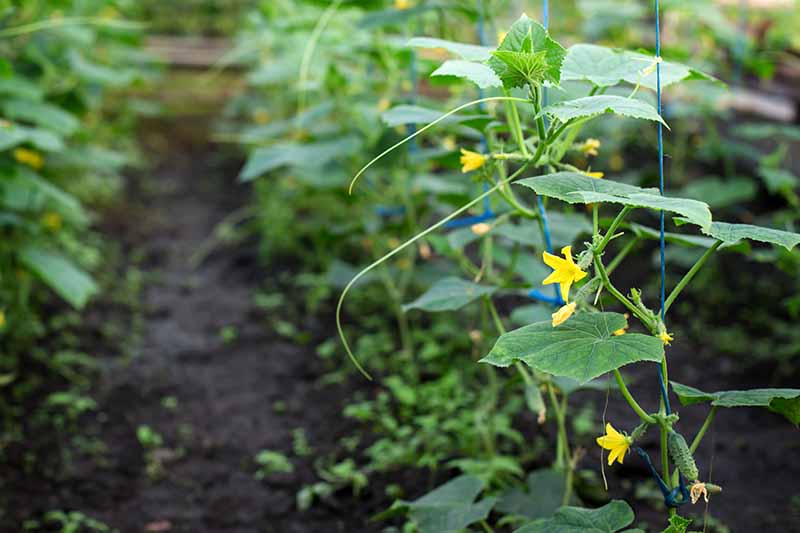
Cucumbers are sun-loving plants, so location is key.
- Sunlight: At least 6–8 hours of direct sunlight daily is essential for strong growth and fruit production.
- Temperature: They thrive in warm weather, ideally 70–85°F (21–29°C) during the day.
- Protection: Avoid windy spots as cucumber vines are delicate.
If growing indoors or on a balcony, ensure your plants get enough light—supplement with grow lights if necessary.
Step 3: Prepare the Soil
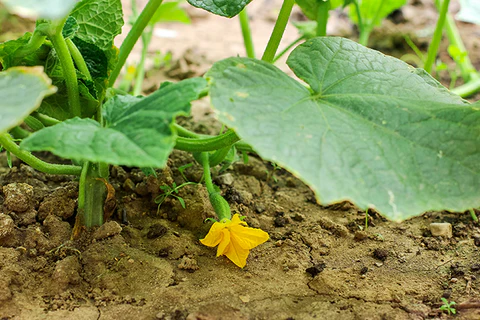
Cucumbers love nutrient-rich, well-draining soil.
- pH Range: Slightly acidic to neutral (6.0–7.0).
- Soil Mix: Loamy soil enriched with compost or well-rotted manure.
- Drainage: Ensure the soil doesn’t hold excess water, as cucumbers dislike soggy roots.
Soil Preparation Tip:
Before planting, mix in 2–3 inches of compost and a balanced organic fertilizer to give your plants a nutrient boost.
Step 4: Decide Between Seeds or Seedlings
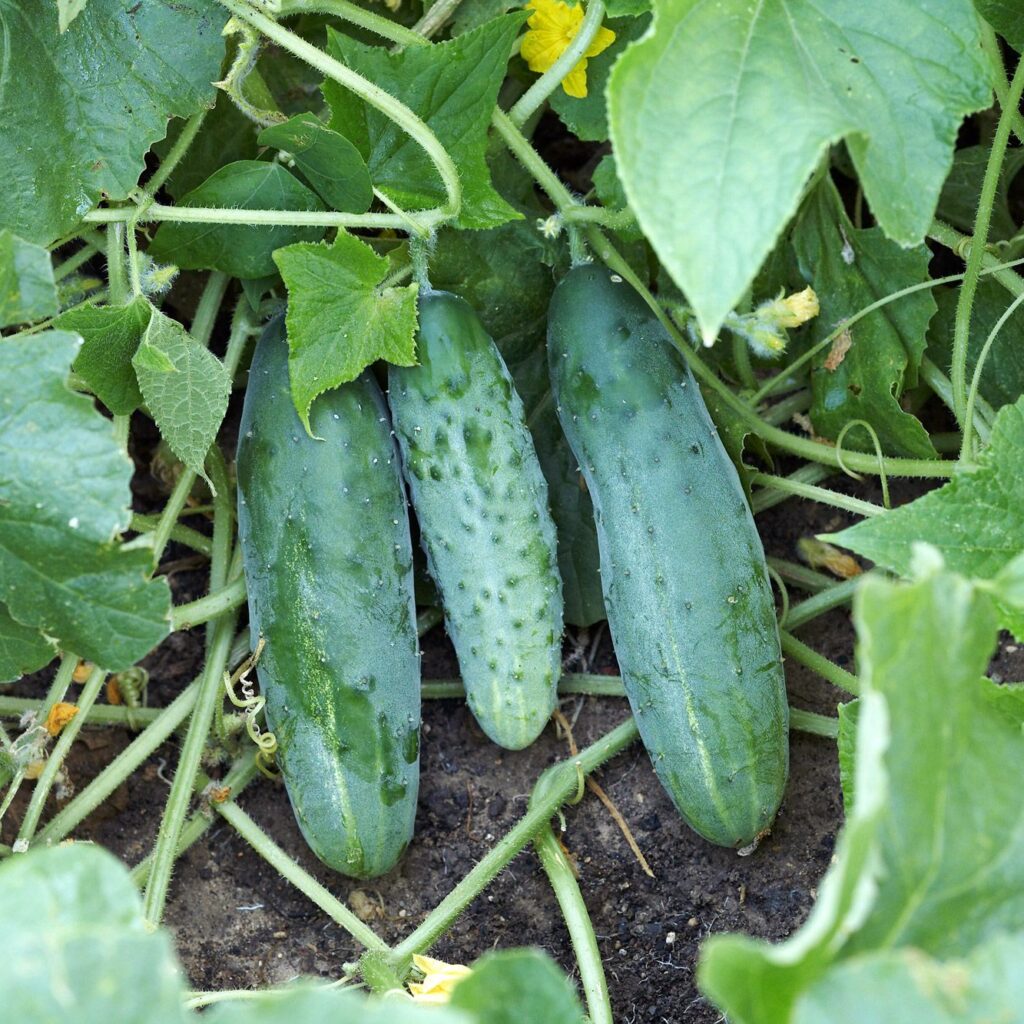
You can grow cucumbers from seeds or buy young plants from a nursery.
- Seeds: Sow them directly in the garden or containers once the soil is warm (at least 65°F / 18°C).
- Seedlings: Great for a head start, especially if your growing season is short.
How to Sow Seeds:
- Plant 1 inch (2.5 cm) deep.
- Space seeds 12 inches (30 cm) apart for bush types or 18–24 inches (45–60 cm) apart for vining types.
- Keep soil moist until seeds germinate in about 7–10 days.
Step 5: Provide Support for Vining Varieties

If you’re growing vining cucumbers, using a trellis, cage, or netting is a great idea. Vertical growing:
- Saves space.
- Keeps cucumbers clean and less prone to rot.
- Improves air circulation, reducing disease risks.
- Makes harvesting easier.
Support Tip: Install your trellis before planting to avoid disturbing the roots later.
Step 6: Watering and Feeding
Watering Needs:
Cucumbers are thirsty plants.
- Water consistently—1 inch (2.5 cm) per week, more during hot weather.
- Water at the base to avoid wetting leaves, which can cause diseases.
- Keep soil evenly moist; fluctuations can lead to bitter cucumbers.
Feeding:
- Start with a balanced fertilizer when planting.
- Once plants start flowering, switch to a fertilizer higher in potassium and phosphorus to encourage fruiting.
- Avoid too much nitrogen—it can lead to lush leaves but fewer cucumbers.
Step 7: Mulching for Moisture & Weed Control
Mulching is a cucumber grower’s best friend. Apply a 2–3 inch (5–8 cm) layer of straw, shredded leaves, or compost around plants to:
- Retain soil moisture.
- Keep weeds at bay.
- Maintain even soil temperature.
- Prevent soil-borne diseases from splashing onto leaves.
Step 8: Pollination for Fruit Production
Cucumbers produce male and female flowers. Bees and other pollinators transfer pollen from male to female flowers to set fruit. Without pollination, flowers drop off without forming cucumbers.
If you have few pollinators:
- Hand-pollinate using a small brush or cotton swab.
- Gently transfer pollen from a male flower (with a straight stem) to a female flower (with a tiny cucumber behind it).
Step 9: Managing Pests and Diseases
Cucumbers can face challenges like pests and fungal diseases.
Common Pests:
- Aphids
- Cucumber beetles
- Spider mites
Natural Control: Spray with neem oil, insecticidal soap, or introduce ladybugs to control aphids.
Common Diseases:
- Powdery mildew
- Downy mildew
- Bacterial wilt
Prevention Tips:
- Space plants properly for air circulation.
- Avoid overhead watering.
- Rotate crops yearly.
Step 10: Harvesting Your Cucumbers
Harvesting at the right time ensures the best flavor and texture.
- When to Pick: Usually 50–70 days after planting, depending on the variety.
- Signs of Readiness: Firm, uniformly green, and the right size for the type you’re growing (pickling types around 4 inches, slicing types 6–8 inches).
- How to Harvest: Use scissors or a knife—pulling can damage the plant.
Pro Tip: Pick cucumbers regularly to encourage the plant to keep producing.
Step 11: Storing Cucumbers
Fresh cucumbers are best eaten right after harvest, but you can store them for a short time.
- Keep them in a cool spot or refrigerate for up to 1 week.
- Avoid storing near apples or bananas—ethylene gas can cause them to spoil faster.
- For long-term use, make pickles or cucumber relishes.
Step 12: Bonus Tips for Bigger, Better Cucumbers
- Succession Planting: Sow seeds every 2–3 weeks for a continuous harvest.
- Companion Planting: Grow near beans, peas, or dill to boost growth and repel pests.
- Shade in Hot Climates: In extremely hot regions, provide light afternoon shade to prevent stress.
Final Thoughts
Growing cucumbers at home is a rewarding experience that can bring fresh, healthy produce straight to your kitchen. With the right variety, proper care, and a little patience, you can enjoy crisp cucumbers all season long. Whether you have a sprawling backyard or just a sunny balcony, cucumbers are a versatile crop that adapts well to many growing environments.
The key is to start with healthy soil, provide consistent water and nutrients, and harvest regularly. Once you taste your own homegrown cucumbers, you’ll never want to go back to store-bought ones.


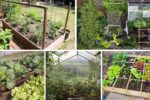

Leave A Comment